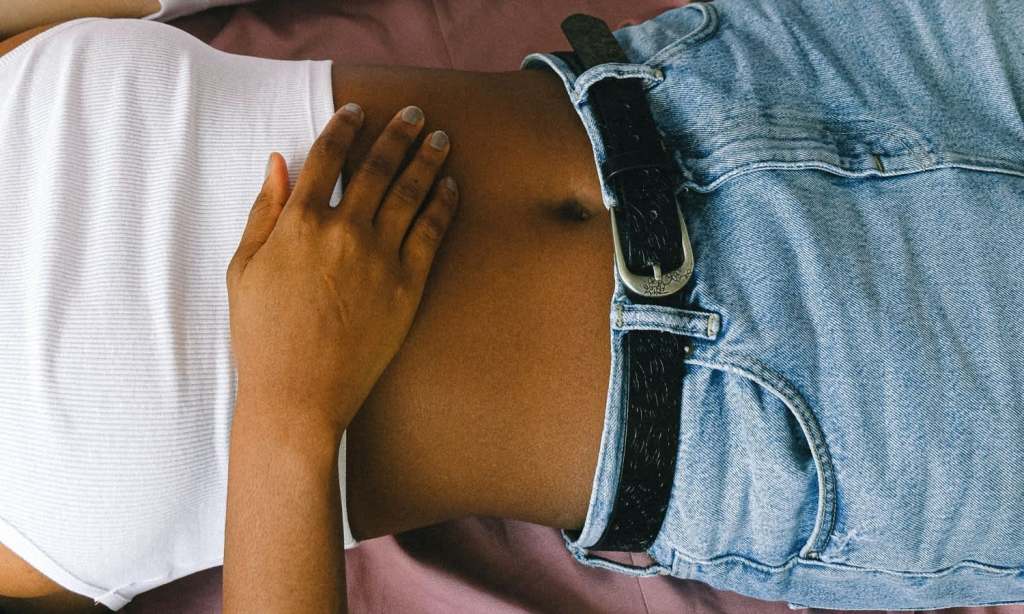It’s not every day that I have the opportunity to write about belly buttons. Well, actually, this is the first time, to be honest, as I felt compelled to jot down a few words about the humble belly button after discovering this article about cleaning said belly button.
This isn’t a practice I have ever spoken to anyone about but is a personal hygiene exercise I engage in and thought was the norm. But after a quick Google search, it seems like it might not be the done thing considering the number of how-to articles that exist.
So, if you need to hear this (because you’ve never been told before or frankly have never thought about it), you do need to clean your belly button. Often.
In case you’re not quite convinced, here’s a little bit of science for you. A study published in 2012 analysed bacteria and single-celled microorganisms (called archaea) from the belly buttons of humans from two different populations sampled within a nation-wide citizen science project.
Researchers found on average there were 67 different types of bacteria living within each of the belly buttons of the participants.
It makes sense, considering the nooks and crannies of belly buttons provide the perfect place for dirt and bacteria to hang out, so as recommended by Healthline, you should aim to clean your belly button roughly once a week to clear out bacteria.
“The belly button area is dark and moist and therefore becomes a breeding area for bacteria and yeast,” Dr Lucy Glancey told Glamour UK. “Left untouched, the build-up of dirt, dead skin, bacteria, sweat, soap, shower gel and lotions and potions can lead to crustiness, scabs, unsavoury smells and possible infection.”
While showering does help to clear some of this debris out of your belly button, especially if you have an outie, those with an innie need to take particular care when it comes to a cleaning schedule.
For innie belly buttons, Healthline suggests using a cotton bud dipped in rubbing alcohol to clean inside before having a shower. If the cotton bud comes out dirty, throw it away and start again with a new one. Then, take a shower and follow it up by drying your belly button with another clean, dry cotton bud.
Don’t put lotion or cream in your innie belly button as the moisture from the product could promote bacterial growth due to the environment. Yikes.
Those with outie belly buttons have a way easier time with cleaning. All you literally have to do is wash it with your soap or body wash and after your shower, massage cream into the area and you’re done.
If you aren’t cleaning your belly button thoroughly, it can lead to yeast infections and very unpleasant smells due to the accumulation of dirt, sweat and dead skin cells. According to Healthline, omphalolith (also known as a navel stone) can also occur when dead skin cells and sebum form together in the belly button to create a material similar to a blackhead.
Now that you’re well and truly grossed out, consider this your reminder to clean your belly button. And, if you’re experiencing any issues in the way of smell etc., please speak to your doctor about it.
Read more stories from TheLatch— and follow us on Facebook.

